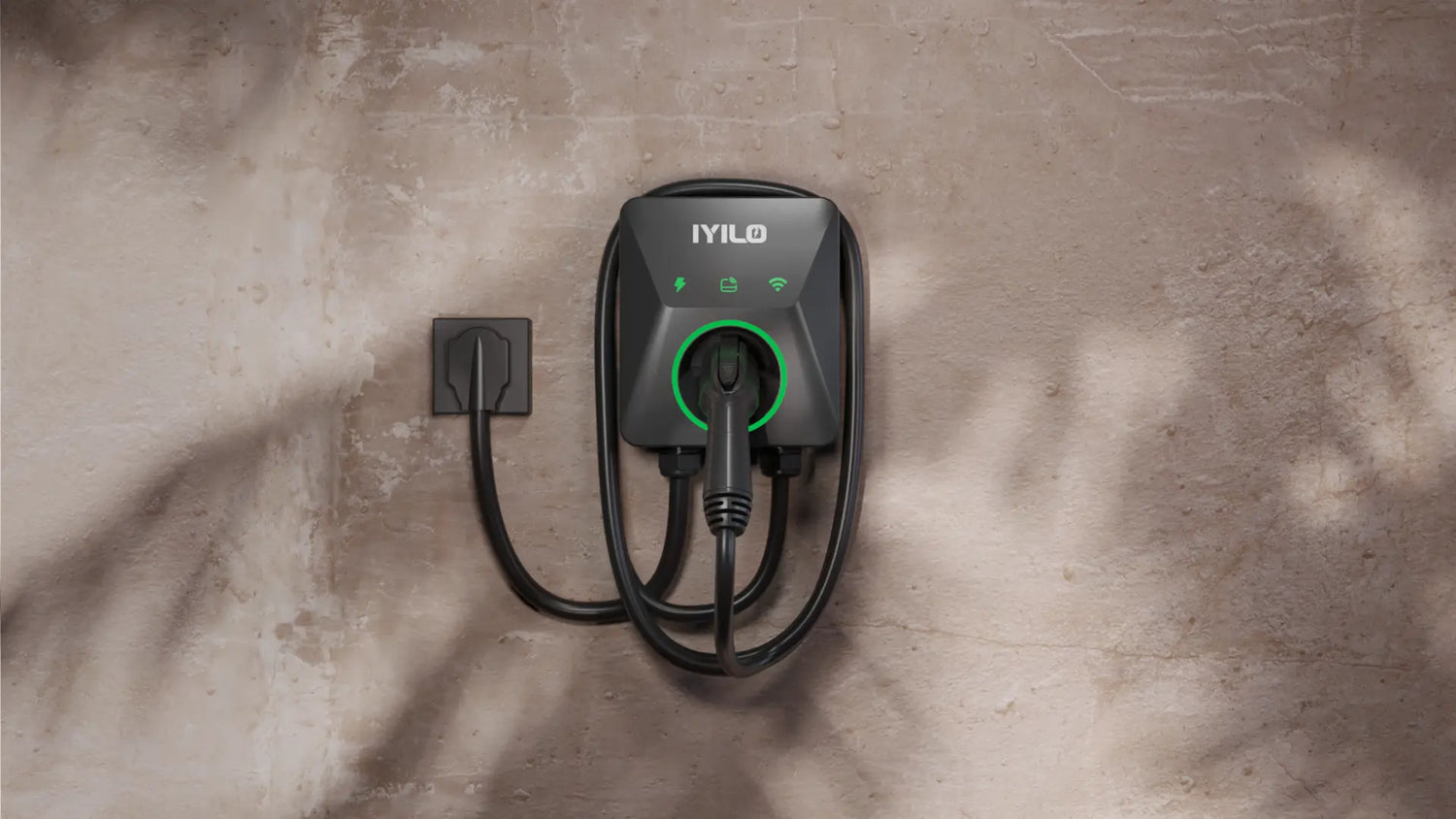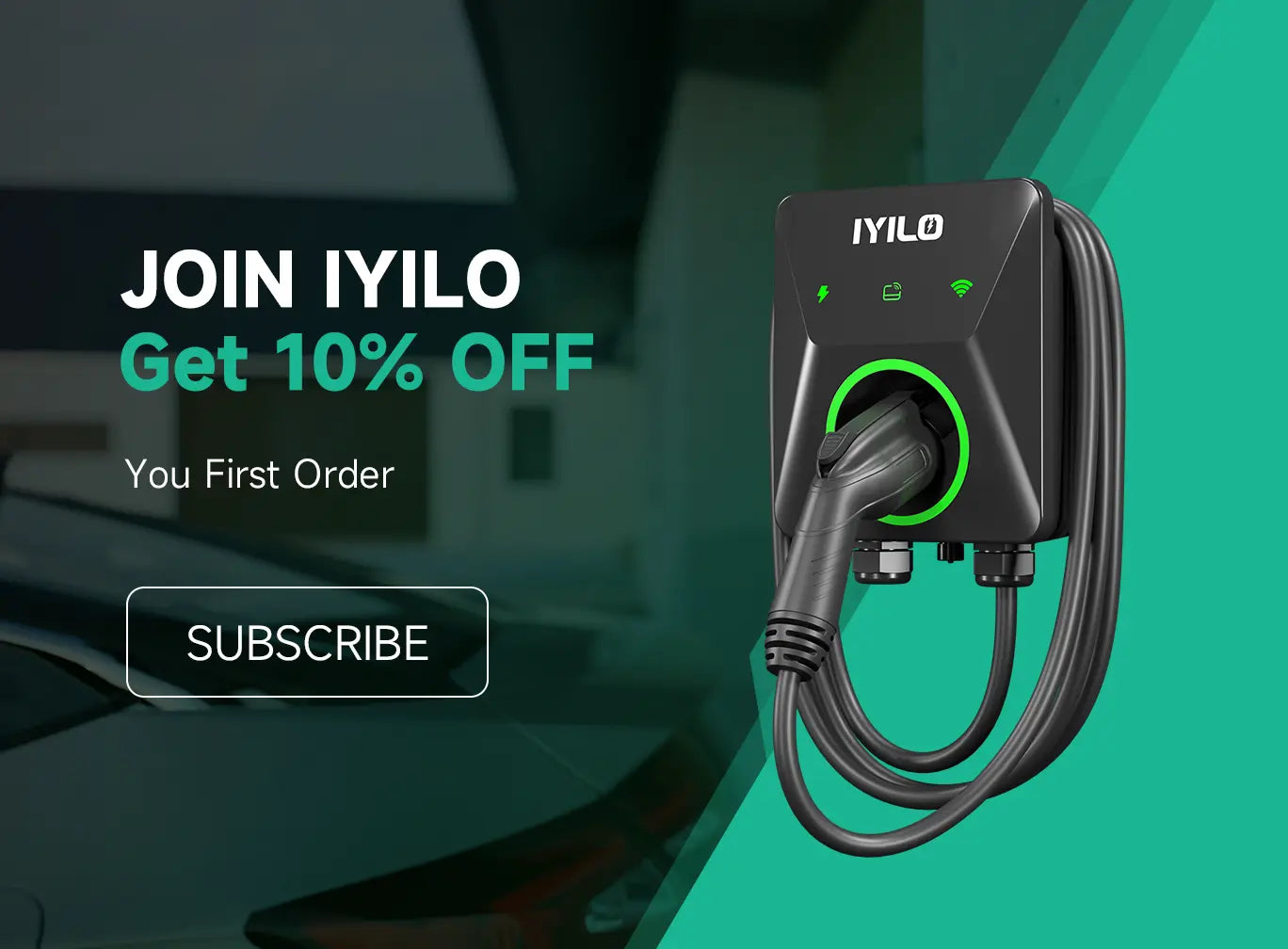Level 2 EV chargers have become increasingly popular among EV owners, thanks to their cost-effectiveness and convenience. Compared with public DC fast chargers, EV owners no longer need to wait in line and can charge their vehicles at home at lower electricity rates during the night.

Well, we hope EV owners can benefit from low charging rates and convenience, and at the same time enjoy an affordable price when purchasing a reliable Level 2 EV charger for home installation. However, when you search on Amazon — one of the most reliable e-commerce platforms — the overwhelming variety of EV chargers can be confusing. How can I choose a reliable Level 2 EV charger to meet my needs?
I just found a portable Level 2 EV charger on Amazon that states, “It can charge up to 32A for only $135,” with 40 reviews and a 4.7-star rating.
It seems like a quite cost-effective and affordable portable EV charger, and I have to admit that I wish I could have one. At the same time, this portable EV charger also appears to have a very solid reputation according to its Amazon reviews. However, is that all true?
For privacy and disclosure reasons, I can’t reveal which brand this charger is, but you’ll soon understand why it’s so affordable.
No Customer Support
First, I looked up its registration date on Amazon — it shows that the product was listed in June 2025. When I searched for their website, I couldn’t find an official site; it seems they only sell through Amazon. Then I went back to their Amazon store and saw a 2-star review that suggested the customer had encountered the same issue as I did. The customer left a comment saying, “I just cannot reach the customer service.”
Invalid certification statement
Another problem with this charger is its false certification claim. The seller states that it is ETL certified; however, when I checked the ETL database, neither the brand name nor the model number appeared on the official ETL listing, which is quite suspicious.
From my perspective, I don’t necessarily dislike non-UL-compliant products — after all, the low price can sometimes make up for that shortcoming. However, sellers should never claim certifications they don’t actually possess.
Invalidate internal component
I’m not sure whether the internal components of this charger — especially the core part, the chipboard — can significantly affect its safety and reliability. I discussed this with several supply chain experts in the field, and they told me that quality is determined by price. As the saying goes, you get what you pay for.
The quality of the chipboard can greatly impact the charger’s lifespan and make it more prone to overheating. I also checked its warranty, which is claimed to be two years, and that seems to support my assumption. Since most EV chargers come with at least a three-year warranty, this one doesn’t seem confident enough to extend it that far.
In short, there are still many unknowns — such as what type of relay it uses, and whether it actually includes qualified hardware components. From what I know, a continuous-charging device requires strict testing and safety-guaranteed components to ensure reliable household use. In particular, the safety protection functions are critical; if they fail or are absent, the consequences could be severe.
For the purpose of this article, I’m not recommending or promoting any specific product. I just want to highlight what truly matters when choosing a Level 2 home EV charger.
How does level 2 EV Charger work?
Before we know which charger to choose, let’s first understand how a charger actually works.
First of all, a home AC charger has a relatively simple working principle. If we make an analogy, it’s similar to a phone charger. When powered on, household electricity flows from the charger to the onboard charger (OBC) of the electric vehicle. The OBC then converts the AC current to DC and delivers it to the battery.
In fact, the structure of a home AC charger is quite simple. It mainly consists of a circuit board, input cable, and output cable. For a portable EV charger, its stability largely depends on the quality of the hardware as well as its industrial design. As I mentioned earlier, if it’s not equipped with a suitable relay — or if the industrial design places the relay in an improper location on the circuit board — it can become vulnerable to overheating failures.
Moreover, some internal components can only last one to two years, which obviously isn’t a reliable deal for users.
What is a high-quality level 2 EV Charger?

What I have always emphasized is safety and convenience. So I would prefer to talk more about hardware quality and intelligent functions.
Certification compliant

A high-quality AC charger should be fully compliant with UL regulations, whether it is certified under ETL or UL. This certification is definitely a must-have for today’s AC charging devices. For ordinary users, the only way to assess a charger’s quality is through the endorsement of authoritative institutions.
Safety Protection Feature
Apart from certification, an AC charger also needs to have high-standard safety protection to ensure product stability and long-term lifespan. In North America, traditional AC chargers are not required to have mandatory CCID 20 installation. CCID 20, in fact, is a leakage protection device that prevents users from being injured by electric shock. However, as far as I know, many portable EV chargers — and even some home charging stations — are not equipped with this component due to product cost.
When it comes to safety protection, one common issue that frequently occurs in daily life is outlet burnout. Most users prefer to install a simple NEMA plug-in connection, disregarding whether the outlet is rated for continuous current loading.
Regarding this issue, I have to insert a quick ad here. The IYILO Level 2 EV Charger, featuring advanced temperature sensors in its NEMA plug, can effectively reduce the risk of plug burnout under unexpected conditions. I’ve mentioned this feature in our previous blog, “What Is an NTC Sensor and How Does It Protect EV Chargers?”
Intelligent Feature:
When I looked up EV chargers on Amazon, some of them claimed to feature a scheduled charging function. However, after taking a closer look, the so-called “scheduled charging” is actually just a delayed start, which only allows you to set a start time but not an end time for charging.
Here’s another practical scenario: during a power outage — especially at midnight — a qualified charger should be able to automatically restart once power is restored. Since many users prefer to charge their vehicles at night for lower TOU (Time-of-Use) rates, the inability to resume charging after power restoration may delay their plans for the next day.
Conclusion:
With the intense competition in online sales, especially on those gigantic e-commerce platforms, sellers have to use relatively cheaper components to gain an advantage over competitors — not to mention the immense advertising expenses required to secure better placements and increase traffic.
Under these circumstances, profit margins have been squeezed in this price-driven competition, and few are willing to pay attention to product quality anymore.
To sum up, for your own electrical safety, we strongly recommend choosing a certified and high-quality charging station.



0 comments